Lesson summary
Natural resources can be used to satisfy our needs and wants but where do they come from and where do they end up? By using glass as a case study students discover the difference a circular economy can make on our consumption of natural resources.
Learning intentions:
Students will...
- understand how glass can be part of a circular economy.
Success criteria:
Students can...
- explain how glass is made
- identify that sand used to create glass is a finite resource
- explain how recycling glass aids in the development of a circular economy
- describe the benefits of a circular economy
- explain the impact of organisations such as Containers for Change in developing a circular economy.
Lesson guides and printables
Curriculum links
Select your curriculum from the options below.
Lesson details
Skills
This lesson is designed to build students’ competencies in the following skills:
- creativity
- critical thinking
- communication
- community engagement
- ethical understanding
Curriculum Mapping
Western Australian Curriculum - Year 5, HASS
- Resources can be natural (e.g. oil), human (e.g. workers), or capital (e.g. machinery), and how these are used to make goods and services to satisfy the needs and wants of present and future generations. (ACHASSK120)
- Due to scarcity, choices need to be made about how limited resources are used (e.g. using the land to grow crops or to graze cattle) (ACHASSK119)
Australian Curriculum (v9.0) content descriptions - HASS
- Students learn about types of resources, including natural, human and capital, and how they satisfy needs and wants (AC9HS5K08)
General capabilities: Critical and Creative Thinking, Ethical Understanding
Cross-curriculum priority: Sustainability
Relevant parts of Year 5 achievement standards:
Students explain the influence of people on the characteristics of places and in the management of spaces. They explain the key values and features of Australia’s democracy and how people achieve civic goals. They explain the nature of resources and how they meet needs and wants.
Western Australian Curriculum - Year 5, HASS
- Resources can be natural (e.g. oil), human (e.g. workers), or capital (e.g. machinery), and how these are used to make goods and services to satisfy the needs and wants of present and future generations. (ACHASSK120)
- Due to scarcity, choices need to be made about how limited resources are used (e.g. using the land to grow crops or to graze cattle) (ACHASSK119)
UN Sustainable Development Goals
UN SDG 12: Ensure sustainable consumption and production patterns.
- Target 12.5: By 2030, substantially reduce waste generation through prevention, reduction, recycling and reuse.
Resources Required
- Article - Using Old Learnings For A New Thriving Economy (optional)
- Device to display videos and websites to the class
- Student worksheets: Glass Economy, Take Action on Glass, Indigenous Perspectives (one per student)
Additional Info
Level of teacher scaffolding: Medium - Teacher will show learning materials and facilitate class discussions. These discussions and resources provide the content knowledge for students to complete set tasks independently.
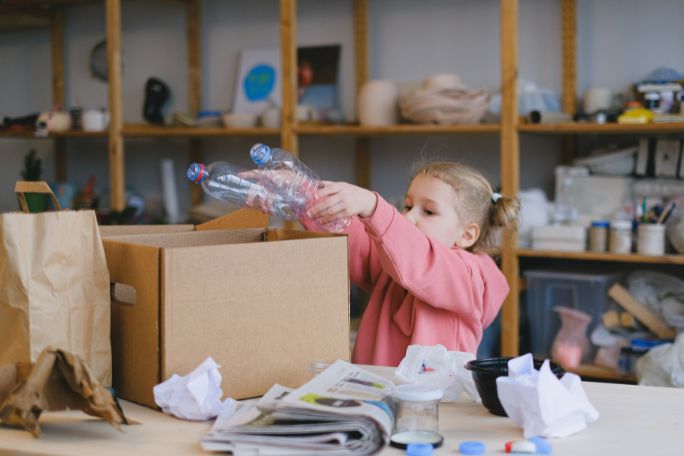

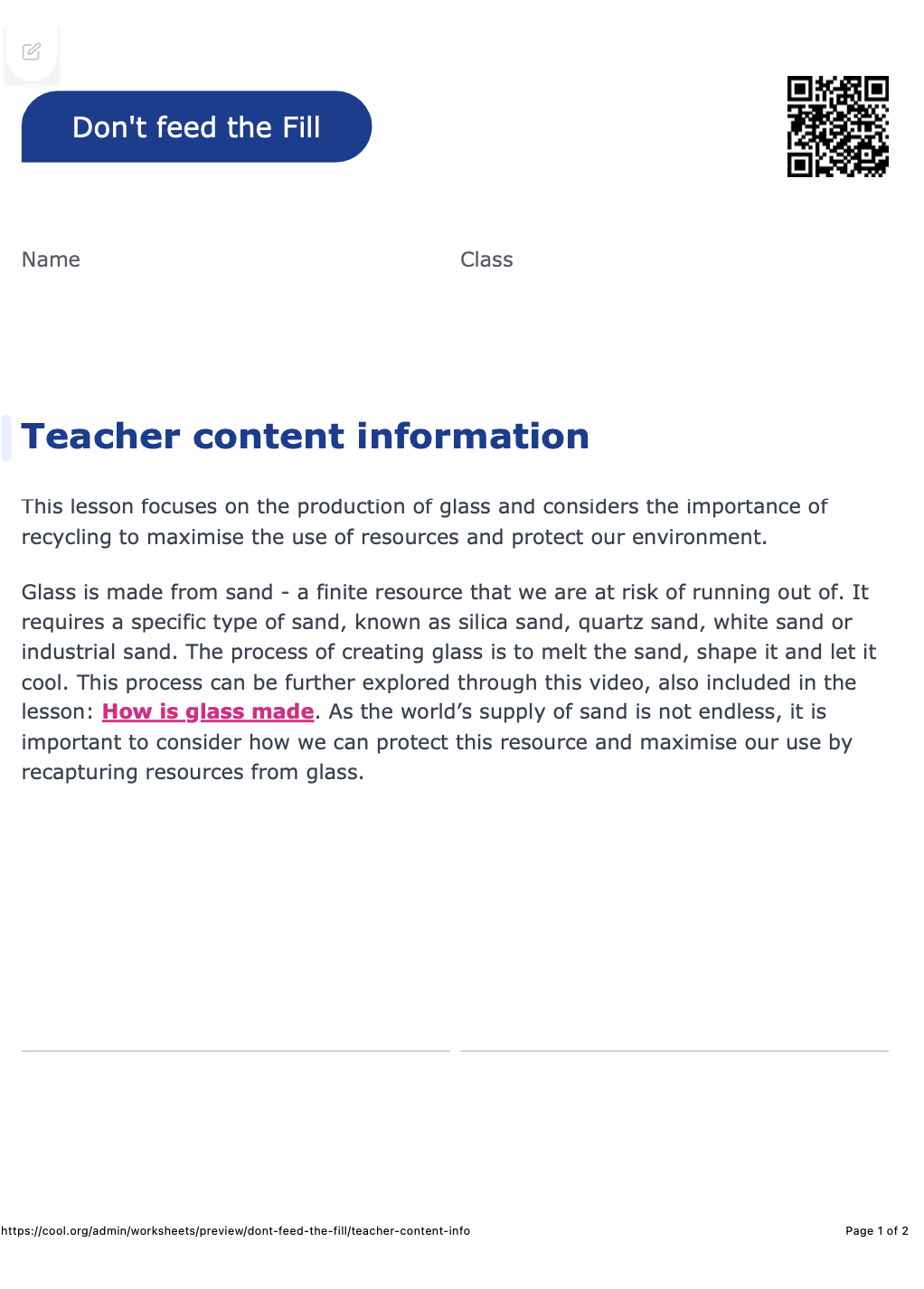
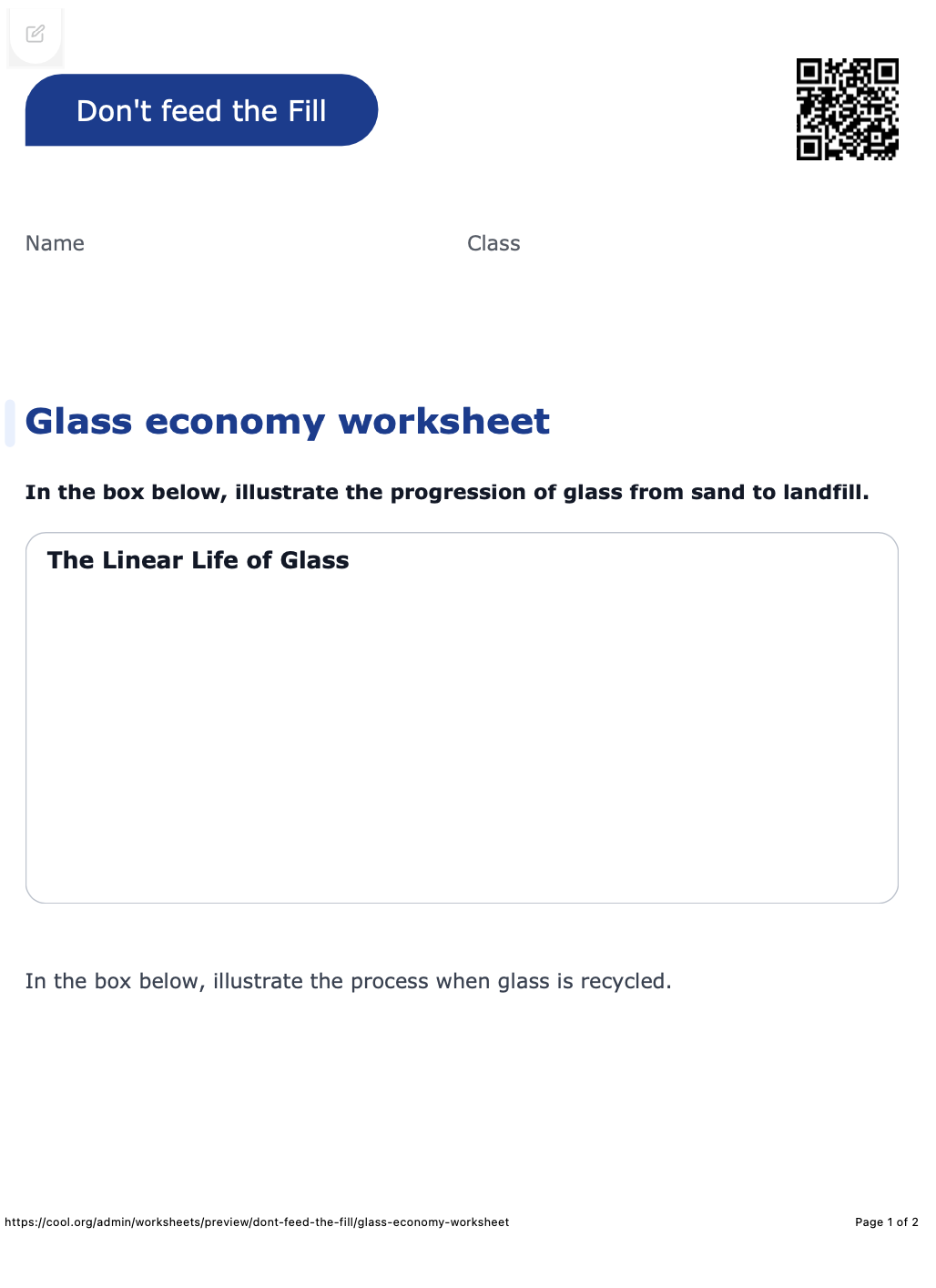
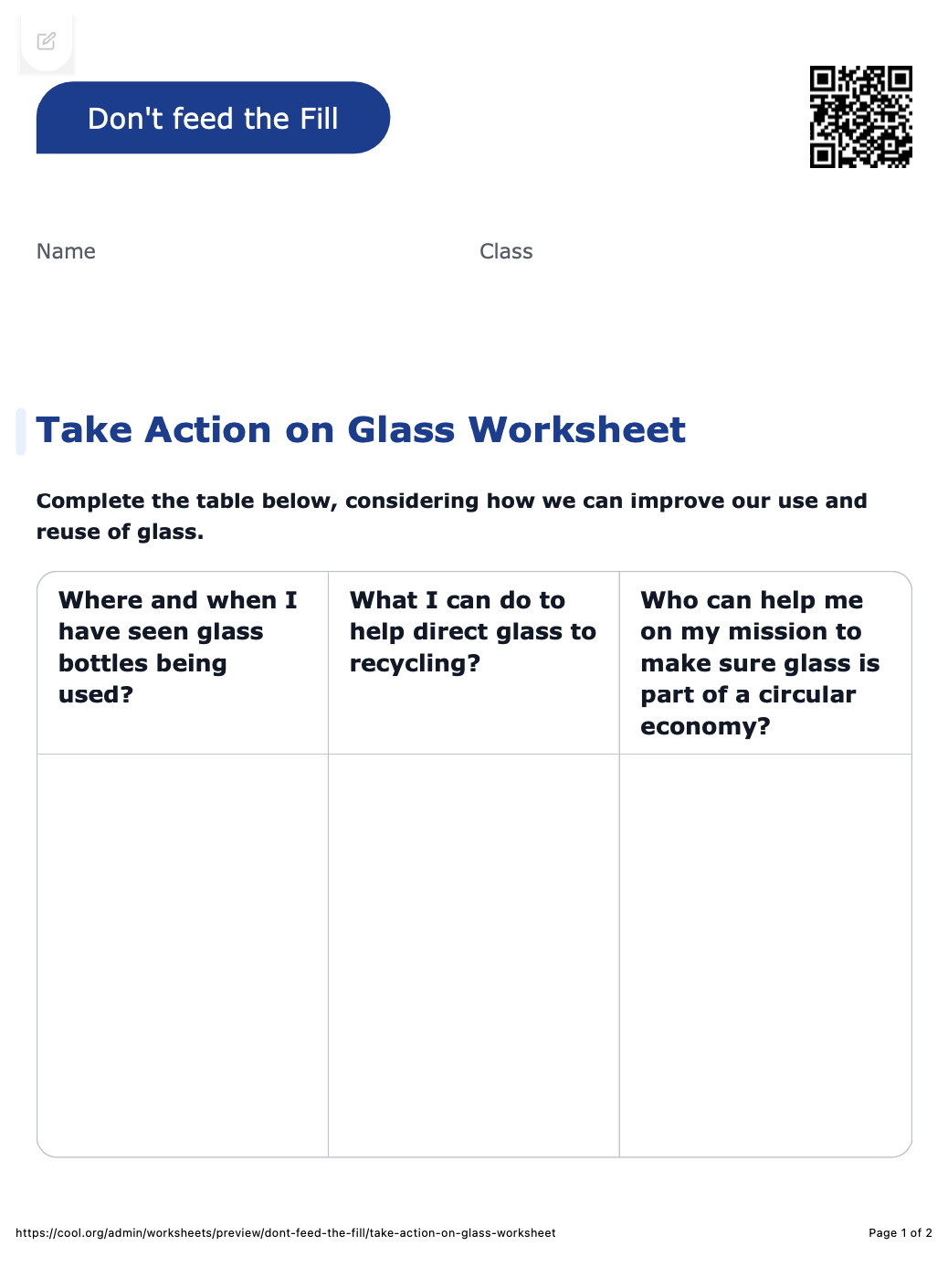
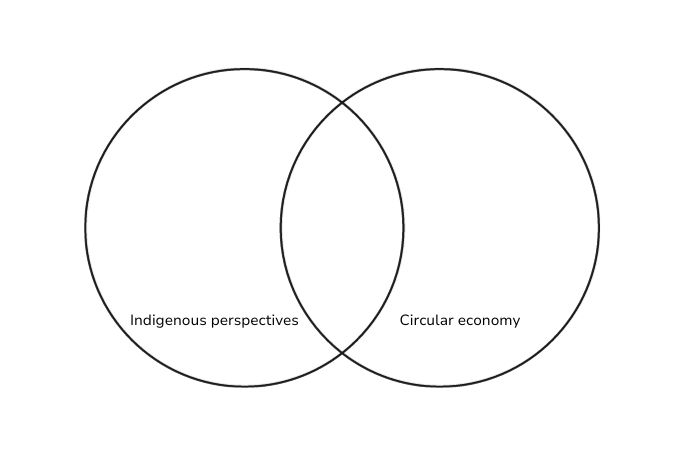
Welcome back!
Don't have an account yet?
Log in with:
Create your free Cool.org account.
Many of our resources are free, with an option to upgrade to Cool+ for premium content.
Already have an account?
Sign up with:
By signing up you accept Cool.org's Terms and Conditions(Opens in new tab) and Privacy Policy(Opens in new tab).